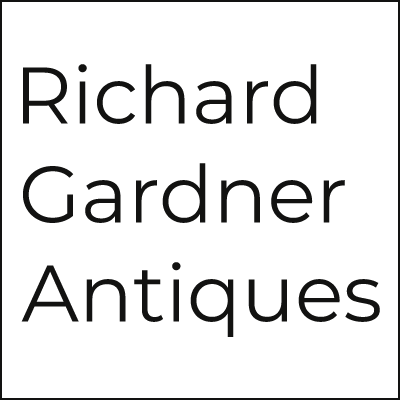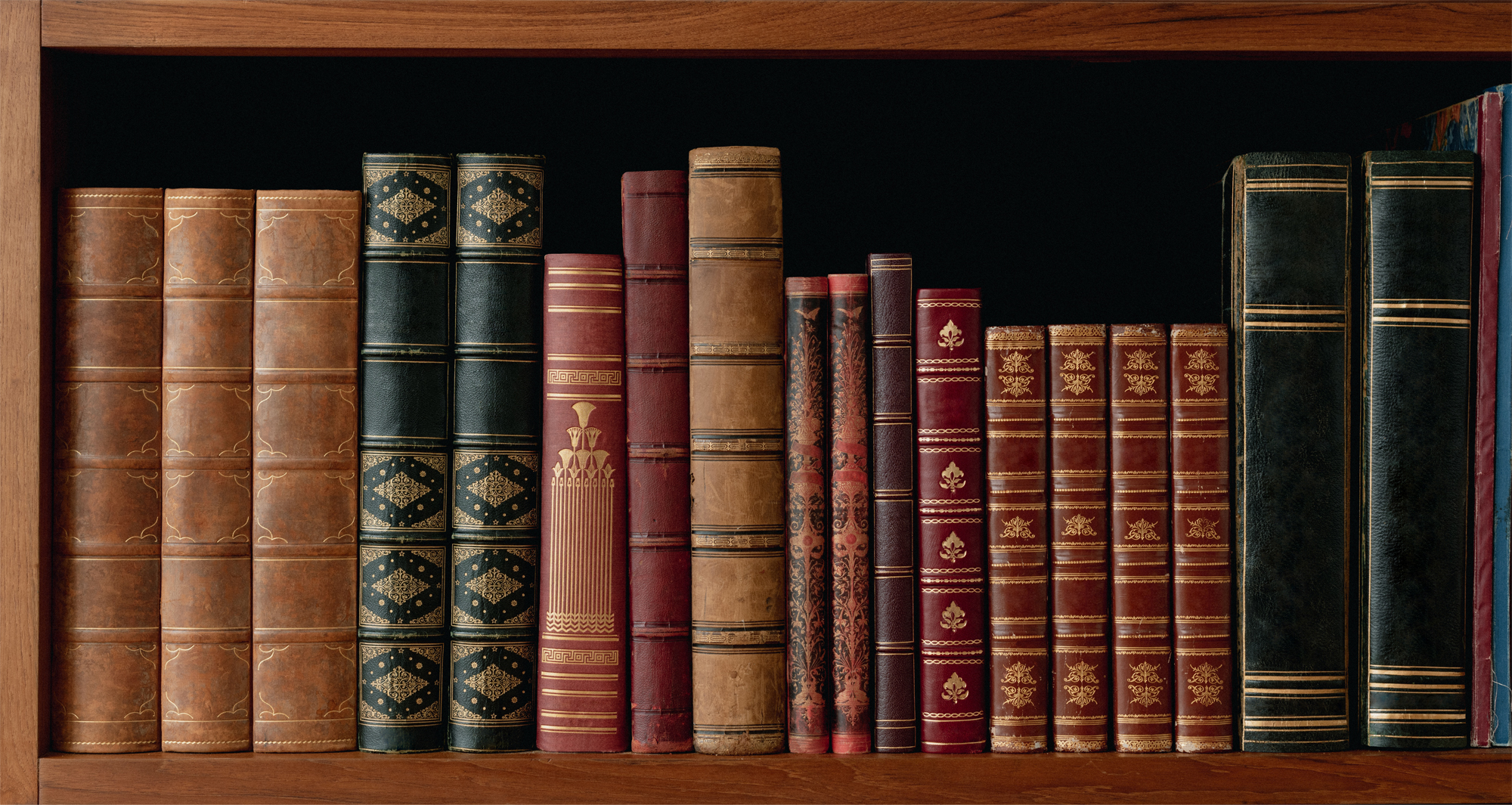H
Hafner ware See tiles.
Haig, Thomas (c. 1727-1803) Cabinet-maker, upholsterer and business partner of Thomas chippendale. After Chippendale’s death in 1779, Haig continued in partnership with Chippendale’s son Thomas until 1796.
halberd See polearms.
half-hunter See hunter-cased WATCH.
halfpenny See penny.
half-tester Bed with a canopy or tester, supported by the headboard or posts, that covers a quarter to a third of the bed area. Half-testers were used in late medieval times and revived in the 17th, 18th and 19th centuries.
hall chair Hard-seated single chair designed for the entrance hall, dating from the early 18thC.
hall stand Stand for hats, coats and umbrellas introduced in the early 19thC. Some are very ornate, especially those made wholly or partly in cast iron. In the 1860s, bentwood versions became popular and were common in hotels, restaurants and offices.
Hallett, William (c. 1707-81) Early Georgian cabinet-maker. He became a business partner in the cabinet-making firm vile & cobb in 1752.
hallmarks The Maker’s or Sponsor’s Mark, introduced 1363, identifies the silversmith, originally by means of a symbol suggestive of his name, his products or location. From the 17thC, initials or the first two letters of the craftsman’s name were more common. The Duty Mark or Sovereign’s Head occurs on silverware 1784-1890, when a new silver tax was imposed; the head of the reigning monarch denotes duty paid. The hallmark of britannia standard silver applied to all silver produced 1697-1720. The Lion’s Head Erased appears on Britannia standard silver; on London silver it replaced the Leopard’s Head, but was used as well as the town mark by other assay offices.
Hammered 1 Usual method of hand-striking a coin design onto blank metal using a pair of dies. This method was used until the mid- 17thC. 2 Metal articles shaped by hand, a process used since ancient times. The metal is gently hammered into shape over a wooden block or leather pad. See planishing, raising. 3 See martelé.
Hampelmann See jumping jack.
Hancock, Robert (1731-1817) Staffordshire-born engraver whose work was the principal source of transfer-printed designs on bow,worcester and caughley porcelain, and probably also on battersea enamels.
hand cooler A small, round or egg-shaped piece of glass, crystal or stone, such as marble or agate, used from the 18th to late19th centuries to keep the hands cool. Most were about 1½-2 in. (40-50 mm) across, some made into miniature paperweights, and others intricately carved by glass houses such as baccarat and clichy.
hand warmer Portable container for hot metal, coals or charcoal which was used to keep the hands warm. Most examples have an outer case of pierced metalwork, such as copper or brass, surrounding the inner container and heat source.
hands See clock hands.
hanger Short general-purpose sword used by huntsmen, horsemen and sailors in the 17th and 18th centuries.
Harache, Pierre I (fl. 1682-98) huguenot silversmith who, together with his son, Pierre II (fl. 1698-1717), specialised in silver figurative ornaments, decorated with chasing, EMBOSSING, GADROONING, PIERCED and cut-card work. Their marks, styles and designs are very similar to one another.
hard metal See britannia metal.
hard-paste See porcelain.
hardstone Gemstone whose colour and formation makes it suitable for carving objects such as urns and also for use in decorative techniques such as inlaid decoration, mosaic and cameo. Typical examples include agate, lapis lazuli and malachite.
hardwood A botanical term for wood taken from a broad-leaved tree. Hardwoods are generally harder than softwoods, although not necessarily stronger, and include some of the finest furniture timbers such as mahogany, oak and walnut.
hare’s furglaze See temmoku.
harewood Sycamore pr maple wood which is stained with iron oxide to give a green or silvery finish, and also known as silverwood. It was used from the 17thC and especially popular in the second half of the 18thC. The San Domingo satinwood, a bright yellow wood that turns grey when it has seasoned, is also known as harewood.
harlequin set A set of objects such as cups and saucers of a common style, but each piece decorated differently. The term is also applied to originally unrelated objects-of furniture, for example – which have been ‘matched up’ to make a set.
harlequin table A form of pembroke table with a small box-like structure concealed in the central body which springs open to reveal a nest of drawers and compartments.
Harrison, John (1693-1776) A Lincolnshire-born carpenter who became an innovative clock-maker. Most clock-makers used metal for mechanical parts of a clock, trying different methods of lubrication to make them more reliable and smooth-running. Harrison was unique in questioning the basic material, and his early clocks have wooden wheels made of the naturally oily lignum vitae. He also made the first chronometer, in a bid to win a reward offered by Parliament in 1714 for a timekeeper accurate enough to be used for navigation at sea, and was finally granted the £20,000 prize in 1773 thanks to the support of King George III. In 1728 Harrison introduced the first gridiron pendulum with built-in temperature compensation.
hatchli rugs See ensi.
Haviland See limoges.
haystack A conical 19thC measure used in Irish taverns with a stepped neck, and usually of pewter; English versions are slightly different in form and of brass or copper. They are also known as haycocks or harvesters.
Heal, Sir Ambrose (1872-1959) Artist-craftsman and furniture-maker and designer. He joined Heal & Son, the London-based family furniture-making business, in 1893 and designed all of its furniture from 1896 to the 1930s. Early pieces show the influence of the prevalent arts and crafts movement, and his range of stylish but durable furniture at reasonable prices had a considerable influence on furniture design in the early part of the 20thC. Towards the end of his working life (c.1939), Heal experimented with new materials, including steel and aluminium.
heartwood The hard inner core and oldest part of a tree. It is denser and darker than the outer layers of sapwood, and does not contain living cells; as the tree grows, the area of heartwood increases.
heat treatment Process of changing or eliminating the colour of a natural or synthetic gemstone by controlled heating.
Hennell family Silver craftsmen working in a London-based family business, established by David Hennell in 1735. Over 30 personal silver marks were registered by the family until the last son, Samuel, died in 1837. A second Hennell firm was established in 1809 by David’s grandson, Robert (b.1769) which operated until 1887.
Hepplewhite, George (1786) British neoclassical cabinet-maker whose pattern book The Cabinet-Maker and Upholsterer’s Guide illustrated prevailing fashions in a way that was easily interpreted by ordinary cabinet-makers.
herati pattern Common floral motif used on Oriental carpets, and said to originate in the region of Herat, Iran. Typically it consists of a stylised floral rosette arranged in two-way or four-way symmetry, enclosed within a diamond shape. The motif is also known as the mahi or fish pattern in the carpet trade because of its resemblance to fishes, or more recently, as the in-and-out pattern.
hibachi Japanese term for a charcoal burner, usually of bronze or cast iron, and used for warming rooms.
high-temperature colours Certain metal oxide pigments that can withstand the high firing temperatures used to fuse them onto an unglazed ceramic body. They are used as underglaze colours painted onto the biscuit body of porcelain, or painted onto the raw glaze (known as inglaze) of tin-glazed earthenware before the glaze firing. Colours include green from copper, purple from manganese, yellow from antimony and blue from cobalt and are also known as grand feu colours.
hilt The hand grip of a sword or dagger. Until the 15thC, swords usually had a straight hilt with a crossguard and pommel. Later hilts are more elaborate, in terms of both protection and decoration. See sword.
hinge Folding metal joint which allows doors and lids to open and shut; it can be decorative as well as functional. Before the 16thC, pin hinges were used on boarded and panelled furniture (see joining): a loose pin or barrel acts as a pivot which is pushed through corresponding holes in the two parts to be joined. The wire hinge, consisting of two interlocking loops of wire, was introduced in the 16thC, and is often seen on 17thC coffers. From the beginning of the 18thC, hinges tend to be concealed. A butt hinge is sunk into the edge of the surface so that only a narrow line of metal is visible externally. And in a blind hinge, the pivoting pin and tube are set within the hinge plate so that they are flush with the surface. The join can be further disguised by a rule joint – a hinged joint used on screens or the fold-down leaves of tables so that there is no gap in the outer surface when the leaves are down. On lidded metal and ceramic objects, a book hinge with a rounded back like the spine of a book may be seen, sometimes with the ends of the pin concealed by ornamental caps, and box hinge is found on some stoneware jugs with silver or pewter lids and mouth rims.
hipped Cabinet-making term for a cabriole leg which extends to or rises above the level of the seat as opposed to ending at the base of the seat rail, and which is often ornately carved from the knee upwards.
Hirado ware Sparsely painted blue and white porcelain made at the Mikawachi kilns for the lords of Hirado, an island near arita, Japan. Most pieces are likely to be 19thC, although production may have been as early as the late 17thC.
Hispano-Moresque ware Spanish TIN-GLAZED EARTHENWARE that used techniques and designs brought by the Moorish invaders in the 8thC. The most notable wares are decorated with lustre introduced from the 13thC and used especially at Malaga, and in the Valencia area in the 15thC. The ware inspired the development of Italian maiolica and was arguably the first pottery of any artistic value to be produced in Europe since the ancient civilisations.
Höchst German ceramics factory operating 1746-96. It began making faience useful wares, painted in enamel colours, then produced hard-paste porcelain from 1750, concentrating on Rococo-style tablewares and statuettes, notably by Johann Peter Melchior (1742-1825).
Hoffmann, Josef (1870-1956) See wiener werkstatte.
Hogarth, William (1697-1764) British painter, caricaturist and silver engraver who depicted the social classes of Georgian times in works such as A Rake’s Progress and Marriage a la Mode.
Holbein carpets Family of Turkish carpets incorporating various octagonal motifs, named after the German painter Hans Holbein the Younger, who depicted such carpets in his paintings. The designs actually date from the second half of the 15thC, predating Holbein’s paintings by nearly a century. The term embraces small-pattern Holbeins with rows of alternating lozenges and octagons, originating in the Ushak region of western Anatolia, and large-pattern Holbeins with two or three large octagons, woven in Turkey.
holey dollar Australia’s famous first coin – a Spanish piece of eight with the centre cut out and counter-marked, and a face value of 25p (5 shillings). Holey dollars were issued in New South Wales in 1813 and withdrawn 1829. The pieces cut from the centres formed coins in their own right known as dumps and with a face value of 6.25p (1s 3d).
Holland, Henry (1745-1806) Late Georgian architect and furniture designer whose work anticipated that of French empire style.
hollow-ware Term for gold, silver, pewter and ceramics ware that is hollow, such as bowls and drinking vessels – as opposed to flatware.
holly Hard, white wood with a close grain and fine texture, often stained a different colour. Holly was used for small pieces of inlaid decoration in solid oak and walnut in the 16th and early 17th centuries and for marquetry from the late 17th to late 18th centuries.
honey gilding See gilding.
hood 1 Removable part of a clock which hides the mechanism and surrounds the dial. 2 Semi-circular top of a mirror frame or a cabinet.
Hooke, Dr Robert See tompion, Thomas.
Hope, Thomas (1769-1831) Dutch-born author-traveller, collector, furniture designer and patron of the arts. He moved to England in 1795 with a huge collection of antique vases and sculpture. His Household Furniture and Interior Decoration, published 1807, became a ‘bible’ for Regency style containing designs for solid pieces of furniture, based on Classical lines and decorated with symbolic motifs taken from Ancient Greek and Egyptian architecture.
Horoldt, J.G. See meissen.
horse dressing glass See cheval MIRROR.
horse-brass Flat or slightly curved brass plate with pierced, engraved or stamped decoration designed to ward off evil, advertise the trade of the horse’s owner or to bring good luck. Horse-brasses were familiar harness trappings in Britain in the 19thC; examples before 1860 are rare, although similar badges were used in the Middle Ages. Most examples seen today are reproductions.
horsehair Coarse stuffing from the mane and tail of horses used to upholster seat furniture from the mid-18thC, and widely used throughout the 19thC.
horseshoe table Table introduced in the `8thC which is shaped like a segment of a ring, sometimes with rounded flaps at either end for extending the surface area. There is often a central pivoted device to move bottles to any point of the radius.
Horta, Victor (1861-1947) Belgian art nouveau architect, teacher and designer. His interiors and furniture are characterised by sinuous lines and contrasting areas of space, and by the use of wrought iron, curved metalwork and inlaid decoration. They were much copied throughout Europe.
hotel See budai.
Huguenots
Protestant refugees from France, known for their highly skilled craftsmanship and who influenced decorative arts in Europe from the end of the 17thC. In 1685, Louis XIV of France revoked the Edict of Nantes, which had allowed French Protestants religious freedom of worship. As a consequence, Britain and other European countries received a flood of Huguenots fleeing persecution. Many of these were cabinet-makers, tapestry and cloth weavers or silversmiths, and their work was of the highest quality. They introduced several new cabinet-making techniques, including marquetry, veneering, japanning and gesso work. Many of the finest silks from the major 18thC spitalfields silk factories in London were the work of Huguenot designer James Leman. Particularly influential was the silverwork produced by Huguenot craftsmen such as David willaume. It is generally solid, decorated with cut-card work, strap work, intricate engraving and the application of cast ornaments in human and animal form. The distinctive Huguenot styles gradually merged with native styles from around 1725. The refugees also brought with them several new vessels, including the soup tureen and the ecuelle.
humpen Large German 17th-18thC drinking vessels. Glass examples were almost cylindrical in shape, often lidded and decorated with enamel. Reichsadlerhumpen, or adlerglas, carry the double eagle of the Holy Roman Empire, with the armorial bearings of 56 imperial families on its wings. Kurfiirstenhumpen are painted with pictures of the Holy Roman Emperor and his Electors, and others, called Apostelhumpen, with religious scenes.
Hungarian stitch See bargello.
hunter-cased watch Pocket watch with a hinged metal cover over the dial. These were first used, from c. 1840, in the hunting field, as the unprotected glass of an open-faced watch in a rider’s waistcoat pocket was liable to be knocked and broken. A half-hunter case has an opening cut in the centre of the lid with an additional chapter ring engraved around it to allow the hands to be read without exposing the full dial.
Huygens, Christian See pendulum.
hyacinth See zircon.
Hyalith Opaque scarlet or black bohemian glass, often with gilding, developed in the early 19thC, probably in imitation of Wedgwood’s rosso antico and basaltes ware. It was used mainly for ornaments.


